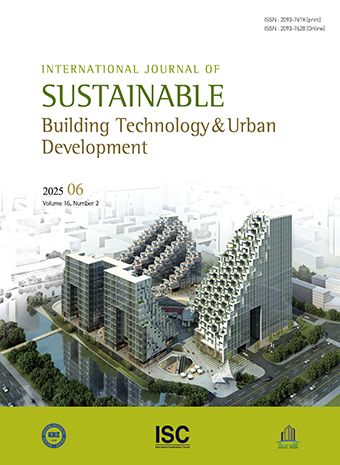General Article
Abstract
References
Information
M.K. Nematchoua, C.R.R. Raminosoa, R. Mamiharijaona, T. René, J.A. Orosa, W. Elvis, and P. Meukam, Study of the economical and optimum thermal insulation thickness for buildings in a wet and hot tropical climate: Case of Cameroon. Renewable and Sustainable Energy Reviews. 50 (2015), pp. 1192-1202.
10.1016/j.rser.2015.05.066
- Publisher :Sustainable Building Research Center (ERC) Innovative Durable Building and Infrastructure Research Center
- Publisher(Ko) :건설구조물 내구성혁신 연구센터
- Journal Title :International Journal of Sustainable Building Technology and Urban Development
- Volume : 13
- No :3
- Pages :304-327
- Received Date : 2022-09-06
- Accepted Date : 2022-09-26
- DOI :https://doi.org/10.22712/susb.20220024




 International Journal of Sustainable Building Technology and Urban Development
International Journal of Sustainable Building Technology and Urban Development










